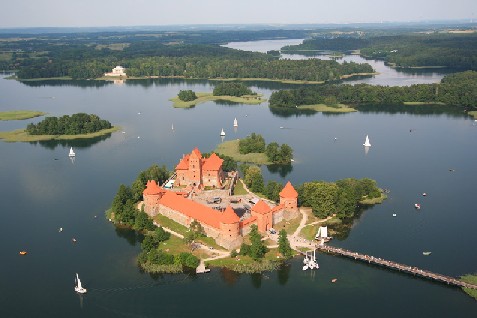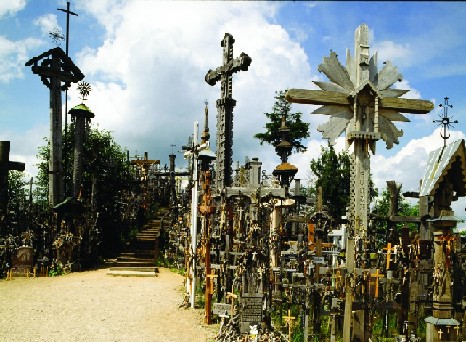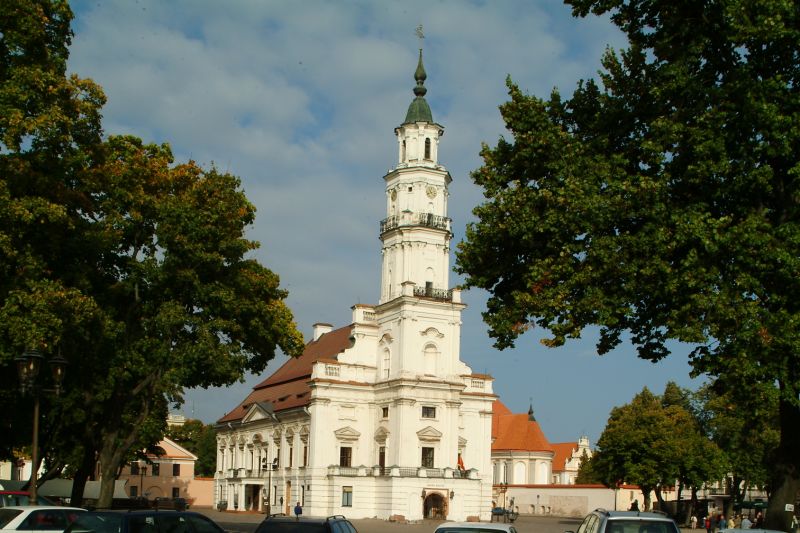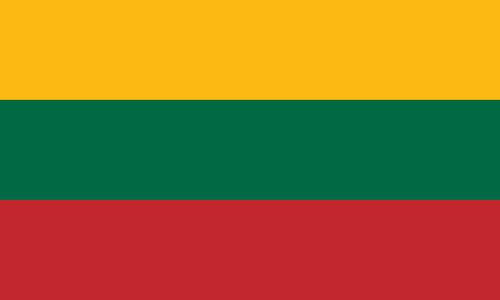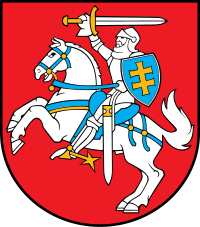About Lithuania (facts and figures)
VILNIUS - THE CAPITAL OF LITHUANIA
First it was mentioned by Grand Duke Gediminas in his letter of 1323 to European towns, inviting merchants and craftsmen, promising them religious freedom and every kind of assistance. Since then Vilnius has been known as a cosmopolitan city, friendly to people of different nations and religions. The old street names (German, Jewish, Tartar and Russian) speak about the multiculturalism of the city, the houses of worship nine different religions stand together close to one another.
Despite wars, occupations and destruction, the architecture of Vilnius remains unique. It is the largest Baroque city in north of the Alps, and one of the farthest to the east. Nearly all the styles of European architecture from Gothic to Classicism are found in Vilnius.
The Old Town of Vilnius is one of the largest old towns in Central and Eastern Europe, covering almost 360 hectares and over 1 500 buildings. As one of the most authentic and best-preserved cities in Europe, Vilnius was included into the UNESCO World Heritage List in 1994.
Vilnius is not only a city with a rich history and wonderful architecture in a beautiful natural setting, where the Neris River and the Vilnia River meet. The capital of Lithuania is a modern city, a political, administrative and economic centre of the country and the heart of its education and culture. It is also the largest city of the country.


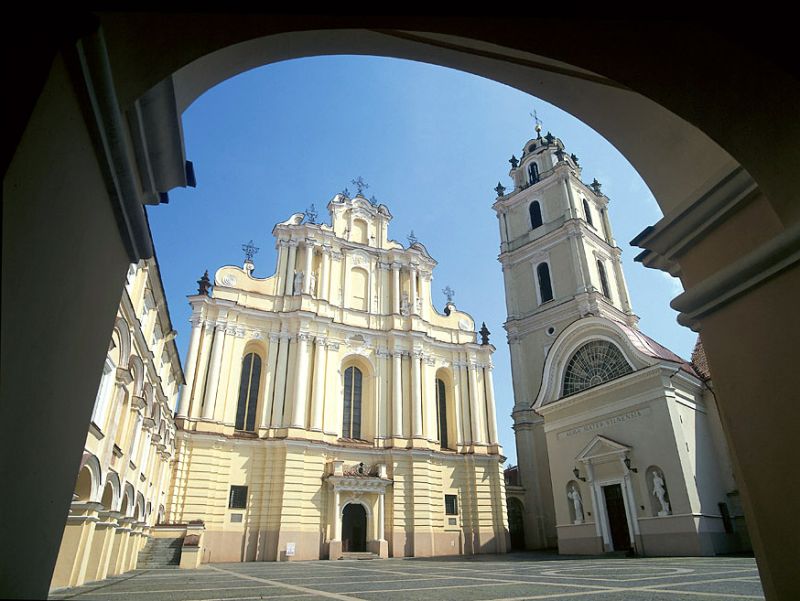
YOU WILL LOVE IT....
|
|
A must see attraction is the Medieval Castle in Trakai, located only 30 minutes drive from Vilnius centre. It is like Lithuania's visit card. Other major towns in Lithuania are Kaunas and Klaipeda. Each has a well-preserved Old Town small in the size, but interesting for their heritage, museums. The Hill of Crosses, outside Siauliai, visited by Pope John Paul II, is one of the most important symbols of Lithuanian nationhood. During Soviet times the crosses were repeatedly destroyed, but each time Lithuanian people rebuilt them expressing faith and hope for better time. Lithuania does not have big mountains, but there is beautiful landscape consists rather of natural forests, low hills often interrupted by meandering rivers and lakes. National parks offer unforgettable experience to explore and enjoy nature by walking, cycling, canoeing... During the time of independence Lithuania has achieved excellent results in town renovation, infrastructure and service sector. You can find there high standard accommodation, fine dining, visit concerts, opera or ballet performances, have fun in jazz, night clubs... But the best is your own experience. And we are ready to help you. |
ABOUT LITHUANIA - FACTS

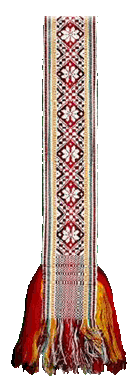
| COLOURS OF THE FLAG |
Yellow, green and red |
| COAT OF ARMS |
White Vytis (Knight) in the field gules |
|
CONVENTIONAL LONG FORM
|
Republic of Lithuania |
| CONVENTIONAL SHORT FORM | Lithuania |
| LOCAL LONG FORM | Lietuvos Respublika |
| LOCAL SHORT FORM | Lietuva |
| CAPITAL | Vilnius |
| LOCATION The country is located on the eastern shore of the Baltic Sea. In 1989, the National Geographic Institute of France identified the geographical centre of Europe 24 km northwest of Vilnius. |
|
| NEIGHBOURING COUNTRIES Latvia, Belarus, Poland, Russia (the Kaliningrad Region). |
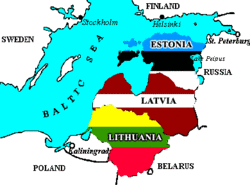 |
| AREA 65.300 sq. km |
|
| POPULATION 2.900.000 |
|
| ETHNIC COMPOSITION 83,1% Lithuanian, 6,0% Polish, 4,8% Russian, 1,1% Belarusian and 5% other. People of 115 differentethnic backgrounds live in Lithuania. |
|
| RELIGIONS The religion in Lithuania is predominantly Roman Catholic. In addition to Roman Catholics, you will find Russian Orthodox, Evangelical Lutherans, Evangelical Reformers, Old Believers, Jews, Sunni Muslims and Karaims. |
|
|
NATIONAL CURRENCY |
|
| TIME GMT + 2 hours. When it is 12 p.m. in Vilnius, it is 11 a.m. in Stockholm and Frankfurt, 10 a.m. in London and 5 a.m. in New York. |
|
| LANGUAGE The Lithuanian language and the kindred Latvian language belong to the Baltic group of Indo-European languages. Out of all the living Indo-European languages, Lithuanian has best retained its ancient system of phonetics and most of its morphological features. Since the 19th century, when similarity between Lithuanian and Sanskrit was discovered, Lithuanians take a particular pride in their mother tongue as the oldest living Indo-European language. To this day, some people base their own understanding of ethnic identity on linguistic identity. Lithuanians proudly quote the French linguist Antoine Meillet, who said that 'anyone wishing to hear how Indo-Europeans spoke should come and listen to a Lithuanian peasant'. One can also safely say that Lithuanian is the language that cannot be understood by a foreign speaker if he has not learnt it. |
|



